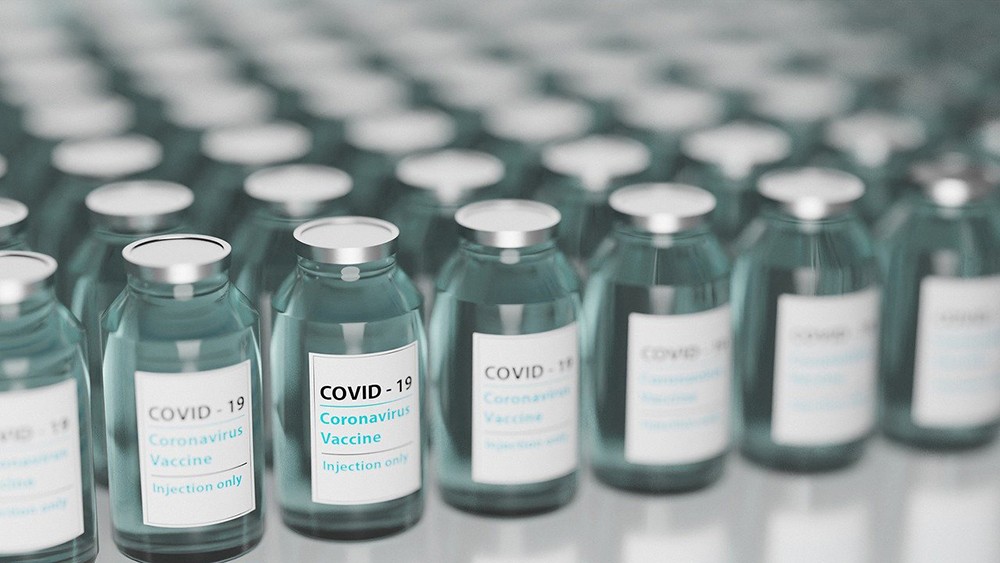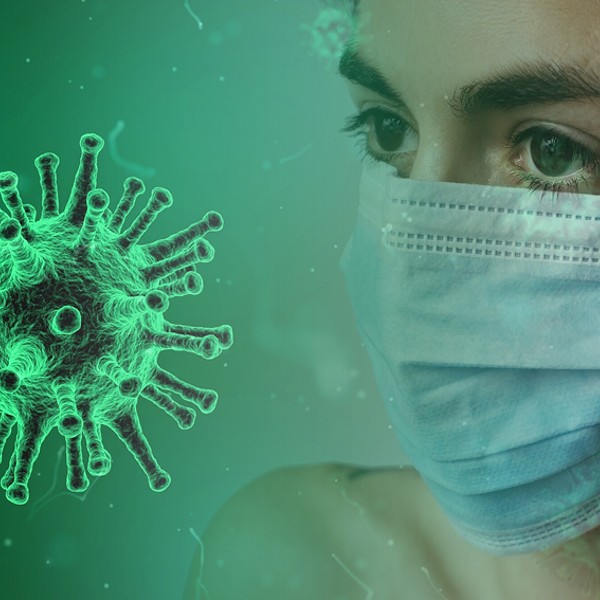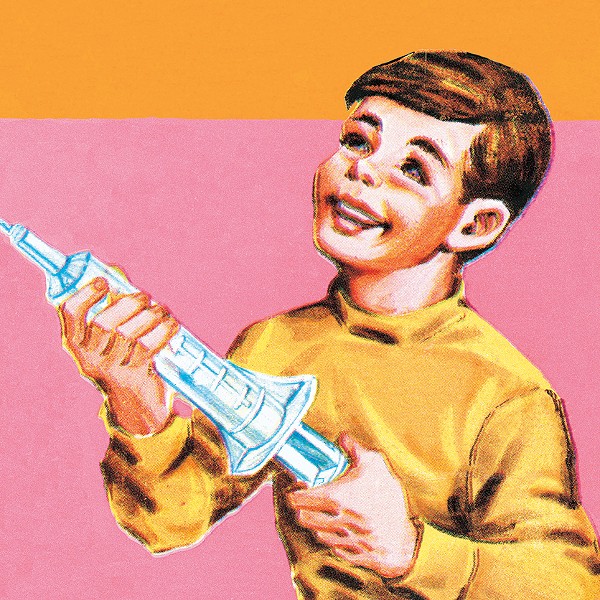Vaccines are our best hope for a collective return to a less brutal world. But right now, in many local communities, hope is very much in the dark.
The rollout of vaccination in New York State began more than a month ago. It has been a chaotic affair, and as more people have become eligible, the confusion has only increased. By now, New Yorkers should be able to find solid information on where vaccines are being sent, who is being vaccinated, and where they can go for a shot if they are eligible. But so far, whether you're looking for a vaccine appointment or just trying to gauge how well the rollout is going, the state system is confusing, frustrating, and dauntingly opaque.
Shortly before this magazine went to press, the state launched a dashboard of vaccine data, showing how many doses have been received in each of the state's 10 regions, and how much progress has been made at getting them into arms. It's a start. But there are many questions that the state's limited public data won't address—and the people of New York deserve to have answers.
A Recipe for Despair
Here is some of the information you won't find on the state website: Where are the local distribution points? How many doses have been allocated to pharmacies, state sites, hospitals, and local health departments? How many people in each priority group have been vaccinated? Are there racial or geographic inequities in who is being vaccinated? How many doses have been wasted? These are questions the state has answers to—and so would we, if the state's notoriously secretive Department of Health cared to share that information with the people whose tax dollars keep it running.
So far, New York's vaccine effort is unfolding like something out of a Terry Gilliam movie. Millions of newly eligible elderly people and essential workers are now jostling for a few hundred thousand doses in a state signup system riddled with bad tech, wrong information, and dead ends. Vaccine providers—which include the hospitals and public health departments that have been battling the pandemic for nearly a year, without much help from the state—are being swamped with calls from people at their wits' end in frustration.
People in every community across New York State have been trapped in their homes and estranged from their loved ones for almost a year. For those who see vaccination as a ticket to freedom, having to wait weeks or months for a vaccine is rough. But sacrifice can be endured, if people can see the reason for it. For New Yorkers in deep isolation, the lack of any coherent information from the state on where vaccines are going, or whether efforts are being made to bring their communities on board, is beyond frustrating. It's not just a public information failure, it's a recipe for despair.
Like every other aspect of the pandemic, vaccine distribution is showing the cracks in the foundation of public health. Deep geographic inequalities that already plague healthcare access are emerging in the vaccine rollout.
Counties with more resources, especially those led by county executives, are emerging as leaders in the vaccination effort. They are setting up public clinics, deploying long-practiced plans, and pushing New York State to give them more of a role in mass vaccination. Ulster County's vaccine sites are already set up, and briskly moving hundreds of people a day through the process. It will be a long time before everyone who wants to be vaccinated can get an appointment, but there's a line, and the line is moving.
A County Left Behind
Next door in poorer, more rural Delaware County, the county's overworked and underfunded health department has announced no plans for vaccination at all. Since the state has given the task of vaccinating many essential workers to health departments, this means that people on the front lines of the pandemic—bagging groceries, or caring for other people's children on minimum wage—are currently shut out of any opportunities to be vaccinated, unless they are able to travel hours to a state-run site without the aid of public transportation. Nor can they easily get tested for COVID-19, with no state testing sites, walk-in clinics, or pharmacies offering tests in the county. Vast stretches of the county have no access to broadband internet, and little local news coverage, making even the task of finding information on vaccines a challenge.
Governor Andrew Cuomo has promised over and over again, in the televised briefings that won him an Emmy last November, to make special efforts to make vaccines available in communities that have always had poor access to healthcare.
But in upstate New York, there's little evidence of that happening on the ground. Amid the din of general frustration over the chaotic rollout of the vaccination effort, a quieter tragedy is unfolding: Rural places are being left behind. Towns with aging populations, communities of color and undocumented workers outside of the state's largest urban centers, upstate prison towns where bars and razor wire can't keep the virus in or out—all are woefully vulnerable to COVID-19, and so far, the state hasn't shown much inclination to make sure they're included.
"Depending on the county you live in, there might not be any scheduled clinics for Phase 1B," reads a recent update on the vaccine effort from Bassett Healthcare, a small healthcare network that runs several critical-access hospitals in the rural Catskills. (Phase 1B is for people over 75, first responders, and some essential workers.) It's a bland line, but it's revealing: In places where public health has been left to deteriorate for decades, essential workers are being shut out of the vaccination effort entirely. And without clear, accessible data on where vaccines are going, it's hard to say how deep the problem goes.
More Light
Public access to data on where vaccines are being sent in New York State, and how well vaccine providers are doing at getting them into people's arms, won't be a miracle cure for the state's many intersecting vaccine access problems, any more than the vaccine will be a miracle cure for the pandemic. To put vaccination within reach for the vulnerable we will need a lot more of the things we have always needed in public health: lowering of the many barriers to medical care, robust support for public health efforts at the local and state level, and resources that help people and communities to thrive.
But without good data, the problem of unequal access isn't just intractable, it's invisible. If Cuomo is truly committed to making vaccines available to the most vulnerable, he needs to face a little sunlight.
Lissa Harris covers the pandemic for The River Newsroom. Sign up at Therivernewsroom.com for COVID-19 news and policy across the Hudson Valley and Catskills region via TRN's email newsletter.














